A Brief History of the Madaoueskarini Algonquin People
With special thanks to Roderick I. MacKay, Algonquin Park Historian
This was originally published June 2019 in Algonquin Life Magazine
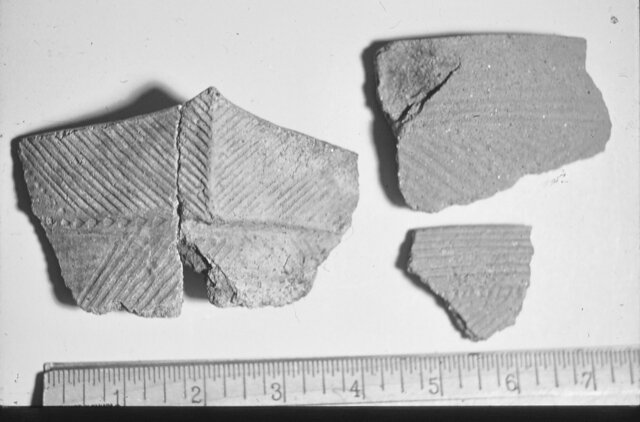
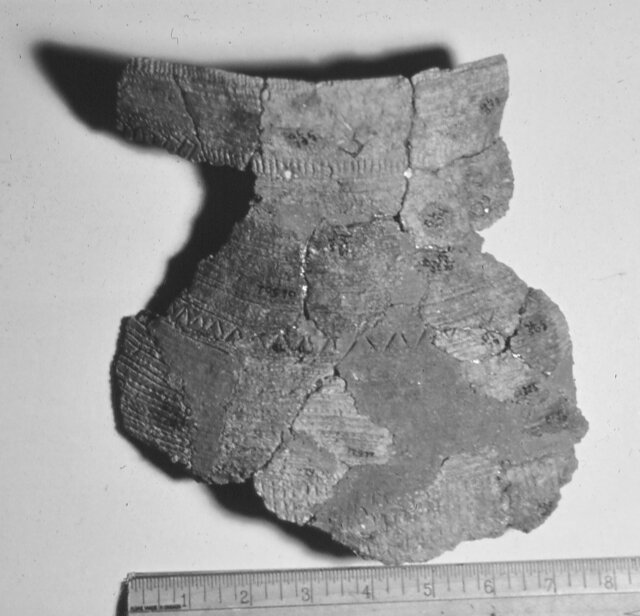
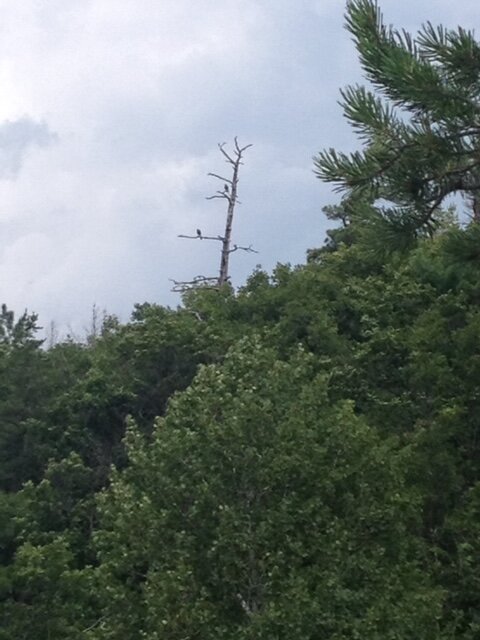
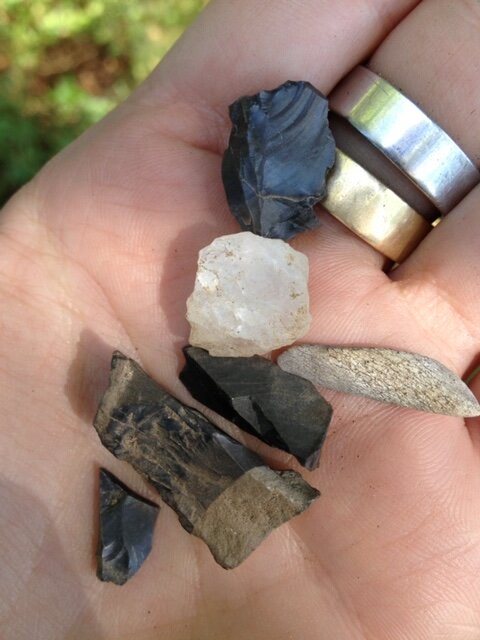
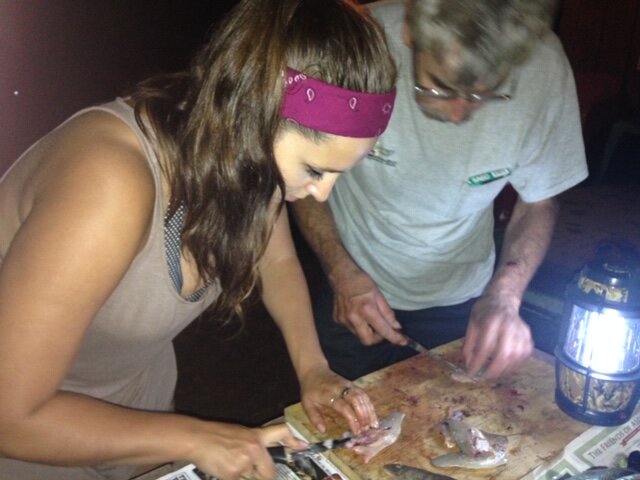
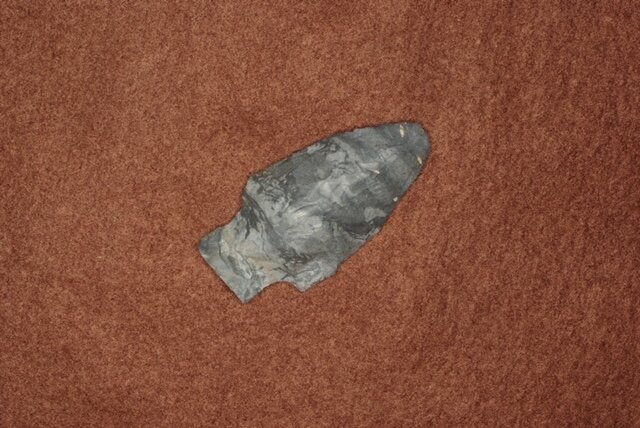
Until approximately 12,000 years ago, much of eastern Canada was covered in ice kilometres thick. As this ice melted, most of the land now known as Eastern Ontario, including Algonquin Park, was submerged under glacial lakes, rivers and seas. The melt-water flowed eastward along ancient geologic fault-lines into the Champlain Sea, a great salt-water embayment of the Atlantic Ocean. At times the water was released in immense pulses, separately carving out great spillways in which today we find the Ottawa River and its tributaries, including the Madawaska, Baron, and Petawawa rivers.
With meltwater gradually receding over thousands of years, this landscape has changed from an archipelago of islands to the landscape we are familiar with today.
To date, archaeological evidence puts the earliest ancestors of the Algonquin people in the landscape now known as the Ottawa River watershed, spanning both Ontario and Quebec, at least 12,000 years ago – though our oral traditions state that we have been here since time immemorial.
The Algonquin landscape is one of sacred, rugged beauty. As Algonquin people, we are intrinsically connected to the land; the character of our territory has shaped who we are as a people. Our ancestors were loosely organised in small, semi-nomadic bands of hunter-gatherers. The most effective method of transportation was by water via the birch bark canoe. During the winter, we travelled over the frozen landscape with snowshoes, specifically designed and adapted for our landscape.
Algonquins are the people of the rivers. The Ottawa River – known to Algonquin people as Kitchisippi (“Big River”) – is our lifeblood, our main artery. The interconnected waterways of this river and its tributaries provide endless travel routes through the territory, to hunt, fish, gather plants, camp, and trade. The rivers were our root of survival, but they may have also been the reason for our near-extinction.
The earliest explorers of this part of the “new world” also used our rivers. The first recorded encounter between an Algonquin and a European was in 1613 with Samuel de Champlain at Allumette Island near Pembroke. The arrival of Champlain changed the lives of Algonquins forever as Champlain had written to France that Algonquin territory was a sort of paradise. This territory offered a seemingly unending supply of natural “resources”; first our aquatic species, then our mammals, and then our timber.
Though the first encounter between a European and the Algonquin people is noted as 1613, the first impact of European arrival was felt long before Champlain’s arrival. Beginning in the 1530’s, Cartier initiated the earliest European-Indigenous fur trade along the St. Lawrence River supporting a very infamous fashion statement – the beaver felt hat. These hats served as a status symbol for wealth and status for the French and English until the late 1700’s. A result of the demand for fur, the beaver population quickly became threatened in numerous territories along the St. Lawrence, and by 1640, additional pressures encroached on Anishinaabeg territories, with a focus on the territories of the Algonquin and Hurons. The Beaver Wars, also known as the Iroquois Wars, had begun.
Lasting from 1640 to 1701, the Beaver Wars were brutal, ruthless and bloody wars fought by tribes of the Iroquois Confederacy against the French Fur Traders and their allies, including the Algonquin. As the Iroquois Confederacy sought to extend their trading activity and gain new territories, a series of bloody battles led the Iroquois to decimate populations of Anishinaabeg people, including the Algonquins.
With the knowledge that Anishinaabeg territory, including Algonquin territory, was bountiful in mammals, fish, land and timber, during and after the Iroquois War the Ottawa Valley saw a great influx of settlers in search of resources and life in the new world, leading to further displacement of Algonquins throughout our traditional familial hunting grounds.
In 1759, the Algonquin and Nipissing people came under the administration of the colonial government’s Indian Affairs Department and the Royal Proclamation of 1763 gave official recognition of the territorial rights of First Nations people, including the Algonquin, Nipissing and Ojibwe.
By 1772, less than 10 years after the Royal Proclamation, the Algonquin and Nipissing people were forced to submit their first of many formal claims to our Traditional Territory, requesting that our traditional territories remain preserved enough to support our families. This served as the first Algonquin petition to the Crown to defend our territory.
Trying to hold tight to our traditional lifestyles, from 1700 to the mid-1800s, Algonquins could still find refuge deep within our tributaries in which we could safely reside and carry out a subsistence lifestyle, residing in the deepest fringes of our territories in places, such as present-day Algonquin Park. For a while longer, our Algonquin ancestors were able to maintain a considerable hunting and trapping lifestyle free from competition and disruption by settlement and industry.
THE MADAOUESKARINI ALGONQUINS
The Algonquin Nation is generally broken into many bands whose familial territories are divided by rivers, and the names of these rivers are often reminiscent of the traditional people of that particular river.
One of the main tributaries of the Ottawa River is the Madawaska. This river begins at Source Lake in Algonquin Park, and over 230km and a drainage area of 8,740square kilometres, meets the Ottawa River at Arnprior.
The Madawaska River and its tributaries is home to the Madaoueskarini people, “the people of the shallows”. The Madaoueskarini Algonquins are my family. We lived along the Madawaska River system, our small familial villages often in the same places that towns sit today (such as the town of Matawatchan, whose name is said to mean “the hidden village” in Anishinaabemowin, the language of the Algonquin people).
As the Madawaska River is known as one of the wildest rivers in present-day Ontario, even though most of its rapids have been silenced by hydroelectric development. During the initial exploration and settlement of the Madawaska Valley, with such a dangerous course, very few settlers and explorers dared to venture to its headwaters. But eventually, some of them did.
When it was first “discovered”, one of the most notable elements of our Madaoueskarini territory was the amount of huge pine trees. The first timber license in the Madawaska headwaters area (present-day Algonquin Park), was issued in 1836. It was believed that there was enough timber to last for 700 years. Within 70, they were gone.
This was not without notice of the Madaoueskarini people. In 1863, eight chiefs and over 250 individual Algonquins and Nipissing petitioned the Governor General of Canada for a specific tract of land to be set aside for four hundred Algonquin families.
By 1866, Indian Affairs had decided that a south east quarter of the Township of Lawrence, now the southern portion of Algonquin Park, was to be set aside for the use of the Algonquin band for settlement. However, these Algonquins did not have any right to merchantable timber on the land, nor could they interrupt those parties who did hold timber licenses. The Indian Agent even went so far as to recommend that the area allotted to Algonquins be doubled, as the terrain there was so rugged, therefore undesirable for settlement. This never happened. Perhaps it was bad timing.
After Confederation in 1867, once Upper Canada became the Province of Ontario, Pon Somogeneche, High Chief of the Algonquin and Nipissing and my great, great, great grandfather, had not yet received any official recognition of the promised reserved lands. In 1868, he wrote a letter to Indian Affairs requesting a document asking for “…authority to settle without molestation on said land and that is laid apart for the use of my Indians…”. This never happened.
In 1893, Algonquin National park was created. Not reflective of its official name, this was the first Provincial Park in Ontario, and is known as the “Crown Jewel” of the Ontario Parks system. The abundance of the beautiful pines helped to inspire the creation of Algonquin Provincial Park as a timber reserve and wildlife sanctuary in 1893. To this day, lumber is still harvested responsibly and sustainably, and the Park is a stronghold for many species of flora and fauna, including the Algonquin Wolf.
Upon Somogoneche asking once again for reserve lands near the then-borders of Algonquin Park in 1894, then Superintendent Peter Thompson responded “The township of Lawrence is situated upon the confines of Algonquin National Park, which as you know was reserved as a home for game of all descriptions, the intention being to preserve the beauty of the Park and to afford a harbour for the different wild animals, birds, etc., which are natives of this province.
The formation of a settlement of Indians on the borders of a territory of this kind would, in my opinion, be attended with great danger to the preservation of game in the Park. You know the predatory habits of these people, how they roam about, and how difficult it is to keep watch of their movements in the forest.”
Soon, borders would be drawn around Algonquin strongholds of the territory, like Algonquin National Park, rules and regulations would be put in motion, certain interest where to be protected and other prohibited. The traditional ways of my Algonquin ancestors were not conducive to new Park policies. Their lives were forcibly changed without any consultation or respect to our thousands of years of presence on this land.
The borders of Algonquin Park were expanded to include the Township of Lawrence and Pon Somogoneche and 32 Algonquin settlers were evicted from their homes. Few went to the nearby Indian Reservation at Golden Lake (now known as the Algonquins of Pikwakanagan First Nation), but most chose to stay as close as possible to their home. My family literally moved from inside the newly established borders of Algonquin Park to the small town of Whitney, and to date we still own the land that they had moved to, from where we can see the Park line.
Due to the lack of land set aside for the Madaoueskarini people who lived at its headwaters, our community was broken. We were not afforded the opportunity to remain together, to keep our community identity. We were forcibly scattered, and as result we are still healing from major cracks and divides within our Madaoueskarini identity. Some of these fractures may be irreparable, but many of us are working tirelessly to regain our traditions, culture and language.
Many Indigenous people were not given a realistic option of identifying as an “Indian”. In my family’s history, we were not counted as “Indians” because we refused to move to the nearest reserve – a very small piece of land that was already occupied by many families of our Algonquin brothers and sisters (and now a thriving Indigenous community). As a result, many families did not quality for Indian Status under the Indian Act. Most of us became Non Status Algonquins.
